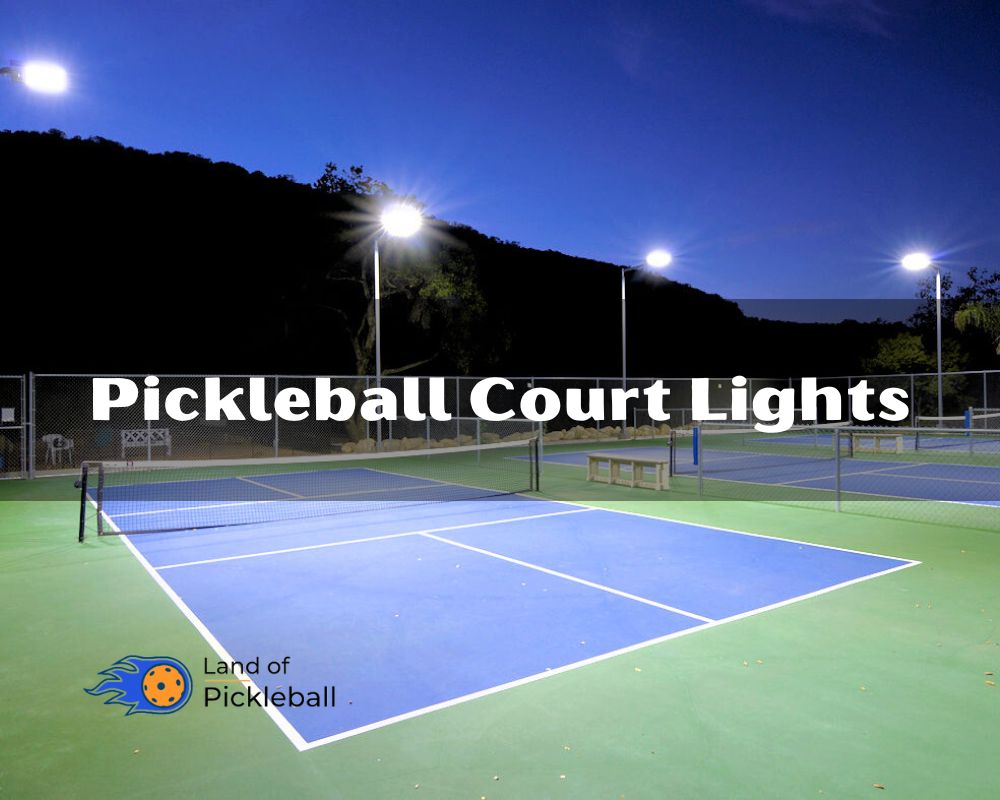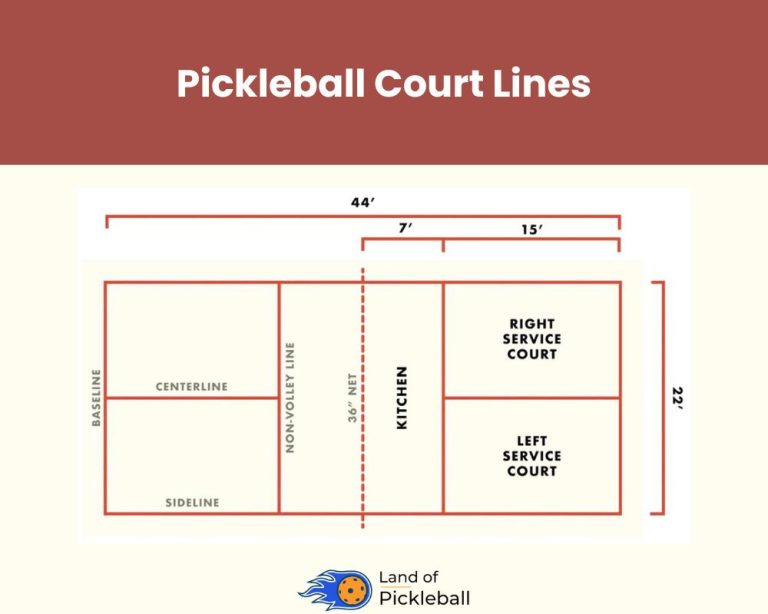Pickleball Court Lights Notable Criteria
Pickleball Court Lights: LED solutions for clear visibility. Light up with energy-efficient fixtures. Enhance gameplay, extend hours, and unlock potential.
About Pickleball
Pickleball, a blend of badminton, tennis, and racquetball, has swept the nation since the 1960s. Its popularity has led to courts appearing in community centers, parks, and YMCAs nationwide. Affiliated clubs with the USA Pickleball Association have doubled since 2010, especially in regions like the Great Lakes and East and West Coasts. To meet demand, courts now feature advanced lighting and allow them to play into the evening.
Requirements of Pickleball Court Lighting
1. Adequate Lighting
In any illuminated area, you should prioritize safety is essential. This means ensuring there is adequate lighting for the space. However, the definition of ‘adequate lighting’ varies depending on the level of competition in pickleball. There are three levels: Class I, Class II, and Class III, each with its own lighting requirements.

2. Optimal Visibility
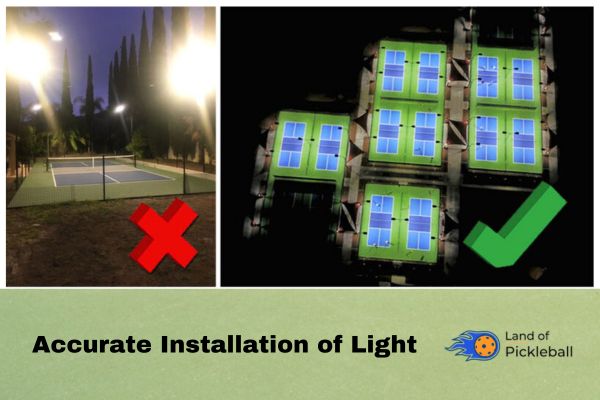
Acquiring clear visibility and even lighting distribution is important for pickleball courts. The standard court sizes are 20 feet by 44 feet for singles and 30 feet by 60 or 30 feet by 64 feet for doubles. LED fixtures should be mounted on approximately 20-foot-high poles to ensure players remain visible, even during high ball arcs. Uneven lighting can lead to blurred vision and difficulty tracking the ball.

3. Enjoy a Pleasant Viewing Experience
4. Durable Lighting for Tough Conditions
Pickleball court lights, whether indoor or outdoor, must withstand impacts, water, sunlight, and extreme temperatures. The resilience of lighting fixtures depends on their materials and protection ratings.
LED fixtures with tempered glass offer dual protection for both players and fixtures. Tempered glass ensures safety even when hit by a ball. Protection ratings, including IK and IP codes, indicate resistance to collisions and dust/water ingress, respectively. Higher IP ratings signify superior resistance to dust and water, with common ratings for pickleball court fixtures being IK08 and IP66.
Pickleball Court Lighting Standards
In line with the evolving landscape of pickleball, it’s pivotal to establish the standards for court lighting. It’s usually governed by the USAPA, which dictates court dimensions and official game rules for formal recognition, pickleball courts mirror the rectangular layout of badminton or tennis courts.
For singles and doubles play, standard measurements are set at 20/44 feet, with a minimum playing area of 30/60 feet (recommended: 34 feet by 64 feet). Outdoor courts typically require four LED fixtures mounted on twenty-foot-high poles, ensuring a usual 30-footcandles (FC) and a max/min ratio of 2.0 or less. This careful balance guarantees players can track the ball during high arcs, which is vital for uninterrupted gameplay.
However, adequate 30 FC lighting is crucial for clear visibility, especially when dealing with fast-moving balls. Maintaining a lower max/min ratio of 2.0 sets pickleball apart. It provides remarkably even lighting to enhance visibility and is considered as a critical element for players engaged in this dynamic sport.



General & Outdoor
When planning outdoor lighting for pickleball courts, it’s essential to prioritize both the quantity and uniformity of illumination. The Pickleball construction manual offers detailed guidance based on player skill levels, ensuring comprehensive coverage for optimal gameplay.
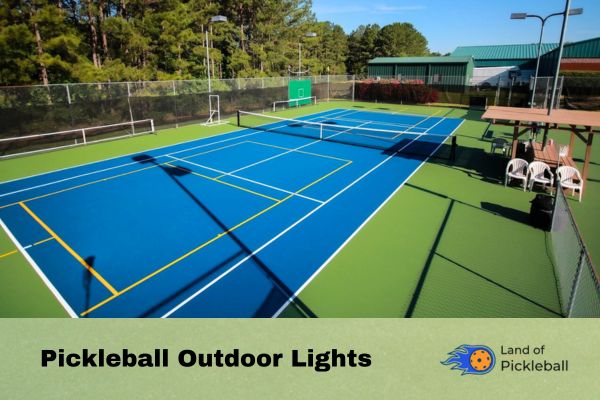
Therefore, you must select the right Correlated Color Temperature (CCT), with recommendations to avoid cooler temperatures exceeding 5000K, particularly for commercial settings.
LED lights offer impressive longevity and are ideal for outdoor applications, providing durable and energy-efficient solutions. Proper fixture size and optic selection are key for effective court illumination, with considerations such as court size and classification influencing choices. Additionally, implementing well-designed control systems enhances energy efficiency and system longevity.
LED Lights Lifespan
Benefits of Outdoor Court Lighting
Outdoor court lighting offers several advantages for pickleball players. Firstly, it’s resistant to impacts, ensuring durability and longevity, even in rough conditions. Secondly, it provides exceptional brightness and evenness, ensuring clear visibility across the court. Additionally, you can achieve up to a 75% reduction in energy consumption compared to traditional lighting systems. it offers both cost savings and environmental benefits. Lastly, with cutting-edge photometry featuring a molded silicone optical system, you can expect precise and efficient light distribution, enhancing the overall playing experience.
Indoor Court Lights

When selecting indoor lighting for pickleball courts, you must know the differences between direct and indirect options is crucial. Direct lighting targets the playing surface and provides elevated illuminance levels. Meanwhile, indirect lighting reflects light from the ceiling and walls and offers well-distributed illumination with minimal glare.
For going to install these Indoor luminaires, you may know that these provide versatility in mounting. These present two significant choices;
LED indoor fixtures bring numerous benefits, including impact resistance, instant illumination, and resilience against vibrations.
Ultimately, it’s vital to know the dimensions of indirect sports lights, such as the Sports Light Indirect fixture for pickleball. This fixture measures 45 ½ inches in length and 16 ¼ inches in width, providing specific guidance for setup and placement on the court.
Pickleball Light Pole(s)
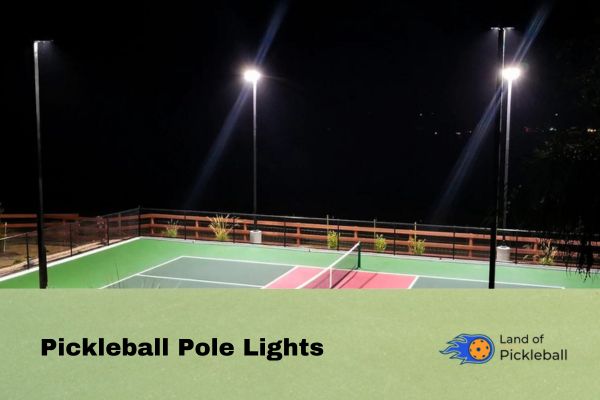
When you integrate USB ports and electrical outlets into pickleball light poles, adding an extra handhole during pole ordering facilitates customization of receptacle height and placement. This feature ensures seamless incorporation into your court lighting system. You should position light poles as;
The appropriate height for your pickleball court lighting poles typically ranges from 20 to 26 feet. Several factors may affect; the number of courts and layout of your gameplay.
Various pole options, including Square Straight Steel poles and alternatives like round straight and tapered steel, aluminum, and fiberglass poles, cater to your specific preferences and budget considerations, ensuring the best choice for your facility.
Right Pickleball Court Lights Selection
All-Inclusive Solutions Catering to Pickleball Players of Every Skill Level

Pickleball Court Lights Installation
Cost of Pickleball Lighting Solution
Well, installing LED lighting for a pickleball court typically ranges between $17,200 and $122,000. It depends on factors like LED quality, user level, recommended illuminance, court quantity, and regional labor costs.
Retrofitting existing lighting to LED can cost $25,000 to $85,000, based on conversion method and infrastructure assessment.
LED lights offer advantages like adjustable color, dimming capabilities, and cost-effectiveness over time. Maintenance costs vary depending on LED lifespan and usage. LED lighting enhances player safety and visibility, crucial for enjoyable gameplay. You should contact a professional lighting company to ensure accurate project assessment and budgeting.
Fundamental Pickleball Court Lights
Here are some types of pickleball court lights commonly used:
FAQs
Conclusion
Pickleball court lights play a significant role in elevating the playing experience and promoting the growth of your sport. So, from enhancing visibility to extending playing hours, the benefits of proper court lighting are undeniable. You should select the right lighting technology and ensure uniform light distribution.

